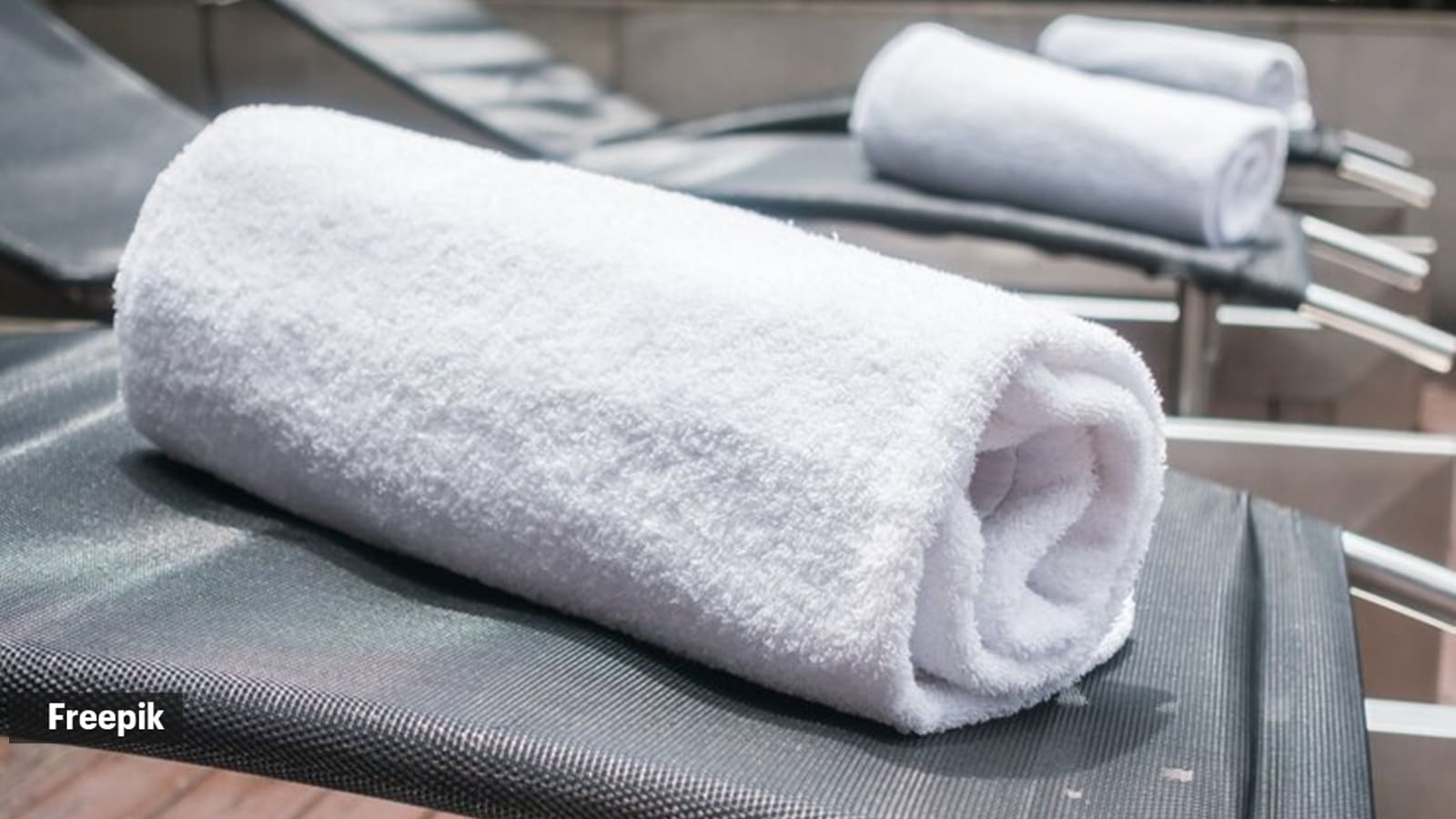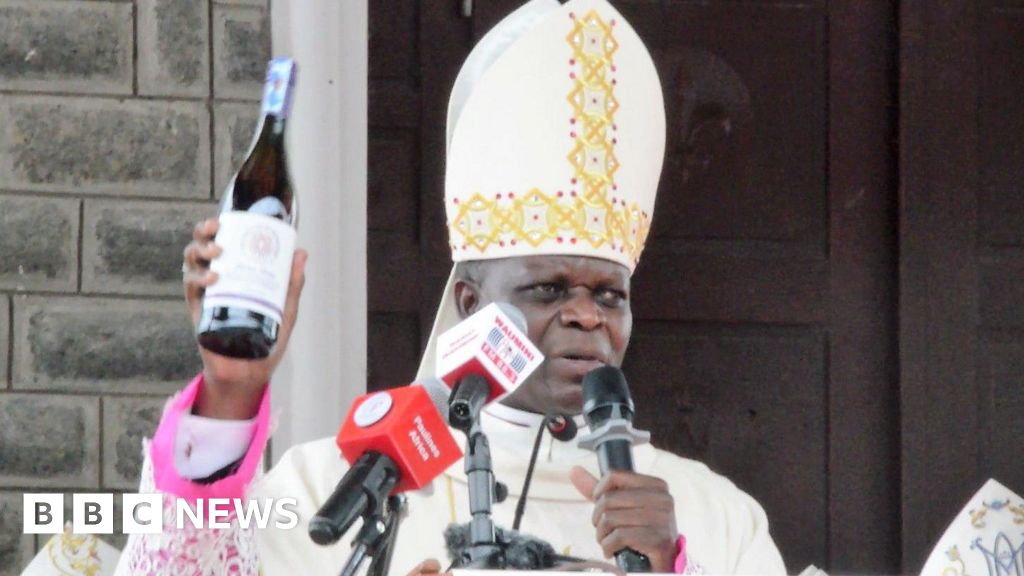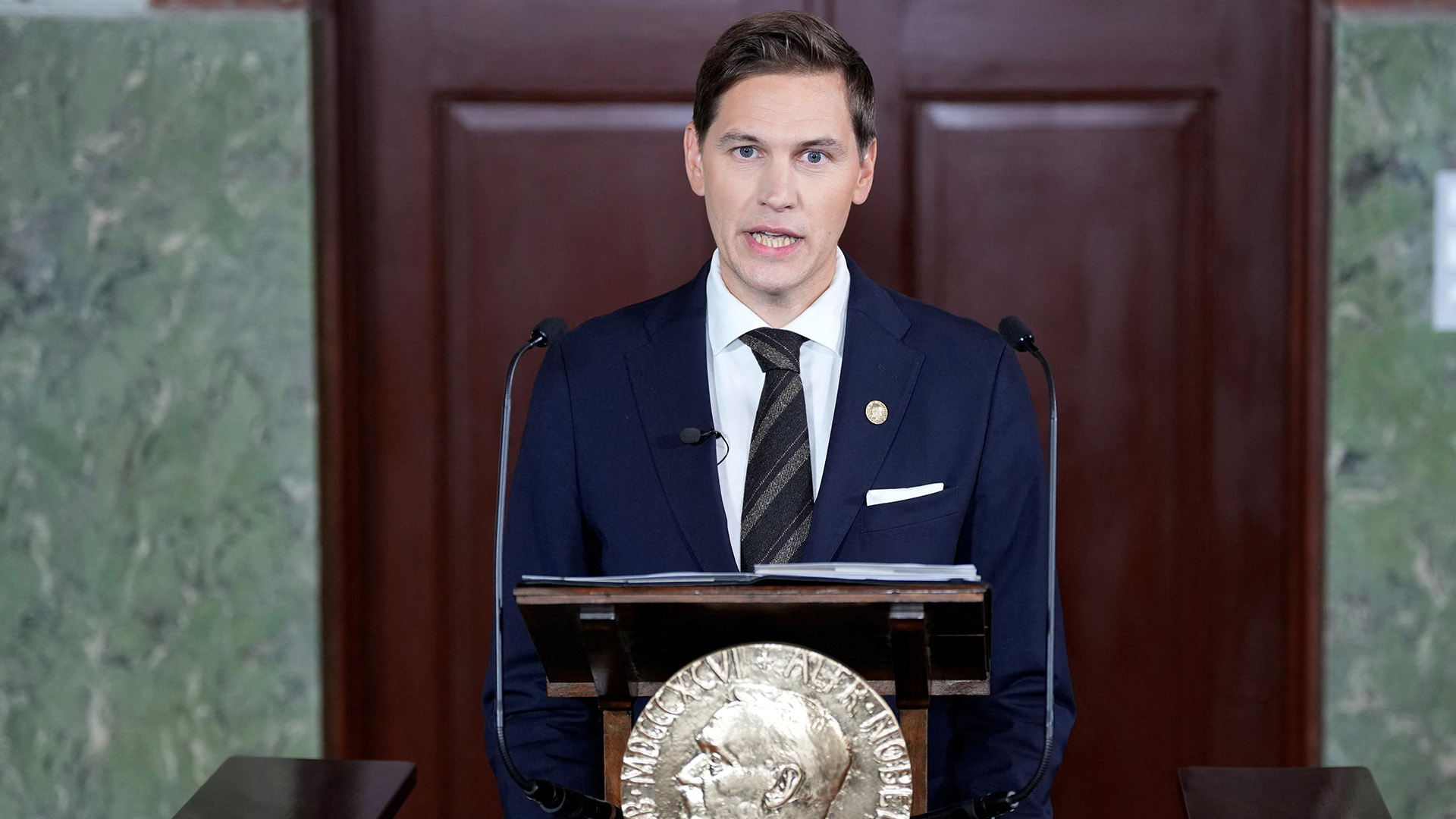A breakthrough in blocking mineralocorticoid receptors could significantly reduce donor heart damage during cold storage and save lives.

Every year, thousands of patients worldwide anxiously await a heart transplant, hoping for a second chance at life. Even so, many don’t realize that time is of the essence after a heart becomes available, and it’s not only due to transportation challenges.
Normally, the heart is kept in a cold solution for a number of hours after it is removed from the donor while being transported. Despite the fact that heart transplants are used so frequently, some of these hearts continue to sustain damage that renders them unusable. Why do these hearts fail in the cold, and can anything be done to stop it? (1✔ ✔Trusted Source
Mineralocorticoid receptor and cardiac arrhythmia
Go to source
).
The Hidden Trigger
Finally, researchers have uncovered a piece of this mystery, and it’s linked to hormone receptors. It has been found by scientists that mineralocorticoid receptors (MRs), which regulate salt and water in the kidneys, can harm the heart when stored in cold temperatures.
Unlike usual, these receptors increase their activity during cooling, causing oxidation, persistent inflammation, and decay of heart cells. It’s the same as hitting the wrong button at the worst moment.
As a result of this biological stress, the hearts of healthy people are found to degrade swiftly and become unfit for transplantation. It adds another problem to an already sensitive issue of organ donation.
Mineralocorticoid Blockers to the Rescue
An interesting discovery is that blocking mineralocorticoid receptors (MR) with special medications, known as MR antagonists, helped preserve the heart before and after cold storage. Donor hearts pretreated with MR blockers experienced less harm, stronger contractions, and an increased survival rate after being transplanted into animals.
By incorporating MR blockers into the preservation process, this discovery presents a straightforward yet effective way to significantly increase the donor hearts’ safety and shelf life.
More Than a Transplant Fix
It’s interesting that MRs are not only used for organ storage. Several studies, as shown in the article in Circulation Research, have found a link between MR activation and heart arrhythmias, specifically triggered by stress, lack of blood flow, or heart trouble.
As a result, this study also paves the way for new therapies for heart rhythm problems, damage from ischemia, and ongoing heart failure. Working on MR pathways could help to improve results for a larger number of cardiovascular patients.
This finding has the potential to change everything. Zoning in on a specific hormone receptor may safeguard hearts against damage from cold storage, increase success at transplantation, and save additional lives.
As the science moves closer to clinical application, this innovation represents a rare moment of clarity — where understanding one molecular pathway can transform the lives of thousands waiting for a healthy heart.
Reference:
- Mineralocorticoid receptor and cardiac arrhythmia – (https://pubmed.ncbi.nlm.nih.gov/23888997/)
Source-Eurekalert













Leave a Reply